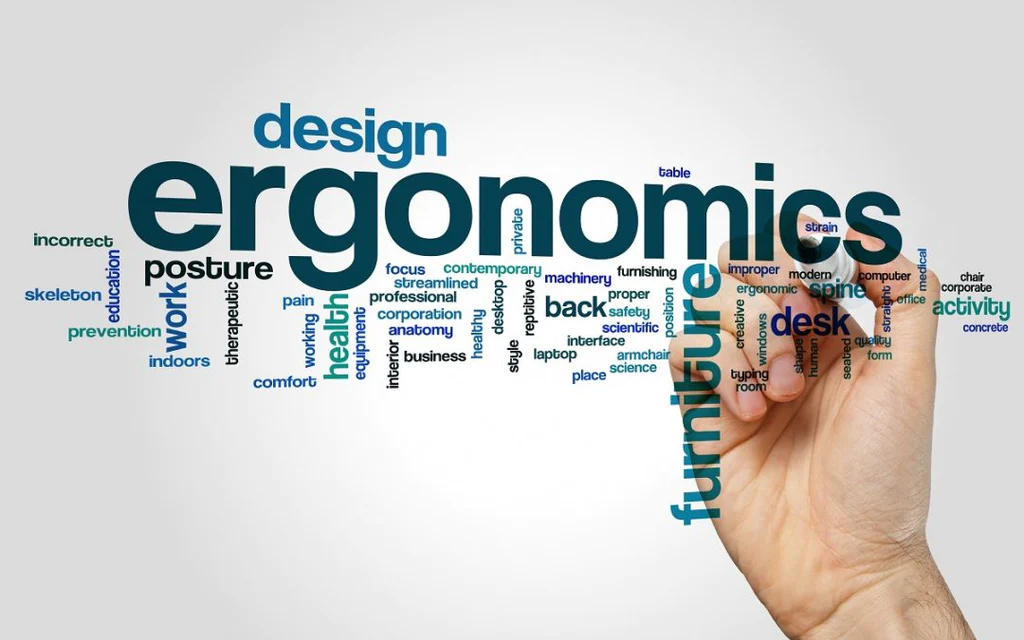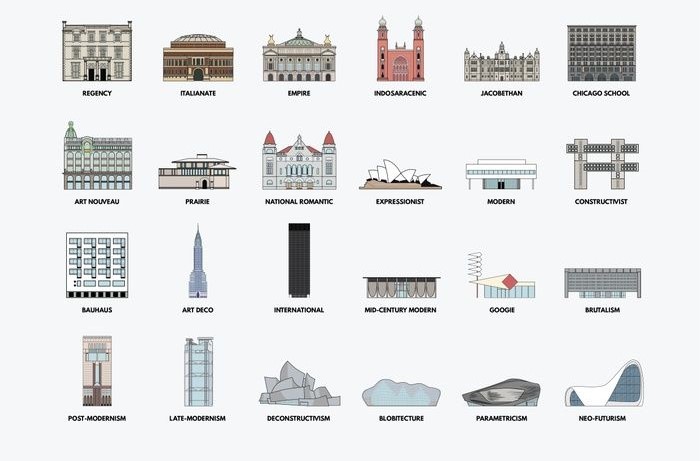Why Ergonomic Furniture Is Vital for Health: Promoting Comfort and Well-being
In the quest for healthier living spaces, ergonomic furniture emerges as a key player, bridging the gap between design and well-being. Ergonomics, the science of designing products to fit the users’ needs, extends its principles to furniture, creating pieces that support the body’s natural posture and movements. This focus on health and efficiency is not just a trend but a response to the increasing time we spend seated, especially in work environments. Understanding the connection between ergonomics and interior health illuminates the path to a more comfortable, productive, and healthy lifestyle.
The Science Behind Ergonomics
Ergonomics delves into the relationship between people, the objects they use, and their environments, aiming to optimize well-being and overall performance. When applied to furniture design, it prioritizes features that support the body’s natural posture, minimize awkward positions, and reduce the risk of strain or injury. Properly designed ergonomic furniture adapts to the user, not the other way around, ensuring that whether you’re working, relaxing, or dining, your body is supported in a way that promotes health rather than compromises it.
Benefits of Ergonomic Furniture
The advantages of incorporating ergonomic furniture into our lives are profound and multifaceted:
- Physical Health: Ergonomic chairs, desks, and other pieces reduce the risk of developing musculoskeletal disorders, alleviate back and neck pain, and encourage better posture. By fitting the furniture to the user’s body, we can prevent the discomfort that often leads to long-term health issues.
- Mental Well-being: Comfortable and supportive furniture can significantly reduce stress levels, allowing for better focus and mental clarity. A well-designed ergonomic workspace can transform the work experience, making it more enjoyable and less taxing on the mind.
- Productivity and Efficiency: There’s a direct link between physical comfort and productivity. Ergonomic furniture facilitates a workspace that promotes efficiency, with fewer distractions from discomfort, leading to higher quality work and better output.
Integrating Ergonomic Furniture in Interior Design
Adopting ergonomic furniture in interior design goes beyond selecting a comfortable chair; it involves a holistic approach to creating environments that cater to the well-being of its occupants. Here’s how to effectively integrate ergonomic furniture into various interior spaces:
- Home Office: Prioritize a chair that supports the lower back and encourages good posture. Adjustable desks that allow for standing and sitting can reduce the negative impacts of prolonged sitting.
- Living Room: Opt for sofas and chairs that provide proper support. Consider the height and positioning of your TV to avoid neck strain.
- Kitchen: Adjustable countertops can accommodate different tasks and user heights, reducing the need for bending or stretching.
Customization and adjustability are key. Furniture should adapt to the user’s body dimensions, activities, and preferences to ensure optimal support and comfort.
Challenges and Misconceptions
While the benefits of ergonomic furniture are clear, several challenges and misconceptions may deter individuals from making the switch:
- Aesthetics vs. Functionality: Some may perceive ergonomic furniture as less stylish. However, modern ergonomic designs are both functional and visually appealing, fitting seamlessly into any decor.
- Cost Concerns: Initial costs can be higher, but considering the long-term health benefits and reduced need for future replacements, ergonomic furniture is a worthwhile investment.
To overcome these challenges, focus on education about the long-term benefits of ergonomics and seek out brands that balance style, function, and affordability.
Ergonomic furniture plays a vital role in enhancing the health and well-being of interior spaces. By promoting comfort, reducing the risk of injury, and improving productivity, ergonomic designs contribute significantly to a healthier, more enjoyable living and working environment.
Evaluate your current spaces and consider the transformative impact of incorporating ergonomic solutions. Investing in ergonomic furniture is not just an investment in your health but in a more sustainable and fulfilling way of living and working.


